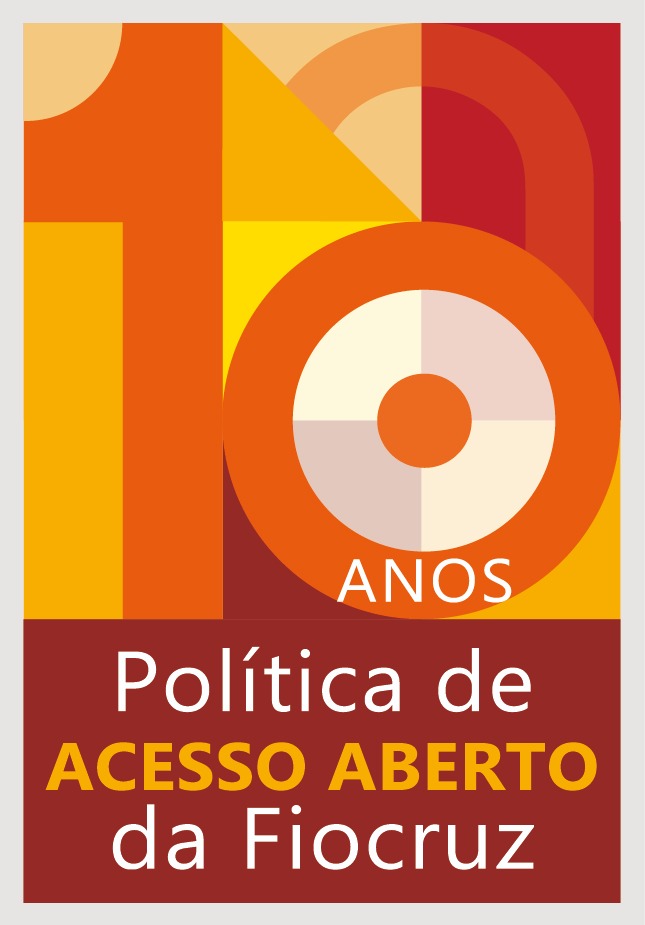A survey carried out by Fiocruz/Unifase's Observatory of Children's Health (Observa Infância) reveals that dengue fever has hit children up to the age of 5 hardest in 2024. The analysis shows that adolescents between the ages of 10 and 14 have the highest number of cases recorded this year, while children under the age of 5 have the highest fatality rates, followed by those between the ages of 5 and 9. Observa Infância analyzed data from the Ministry of Health's Notifiable Diseases Information System (SINAN) for the first 10 epidemiological weeks of 2024 (until March 9th).
According to the survey, 239,402 cases were reported in children up to the age of 14, with a higher incidence among adolescents aged 10 to 14, with 24.5% in children under 5, 33.7% between 5 and 9 and 41.8% between 10 and 14.
As to deaths, the situation is reversed: 52 deaths were recorded – 16 of them already confirmed and 36 under investigation – from dengue fever in children under 14 in the period. Of this total, 44.2% of the victims were under 5 years old, while the 5-9 age group accounted for 32.7% of deaths and the 10-14 age group accounted for 23.1% of deaths, showing a gradual decrease in the proportion of deaths with increasing age.
The analysis warns of a 21.2% increase in the number of deaths in the tenth week compared to the previous one, suggesting the need to strengthen measures to prevent the disease.
Observa Infância also analyzed lethality, which measures the number of deaths in relation to the total number of cases, among children aged 0 to 14. When assessing only confirmed cases, the lethality rate is 6.7 deaths per 100,000 dengue cases. The lethality rate for the under-5 age group is five times higher than for the 10-14 age group. Moreover, the confirmed lethality rate among children aged 5-9 is three times higher than among adolescents aged 10 to 14.
When taking into account all cases (confirmed and suspected) of dengue in this age group, the rate is 3.3 times higher in children under 5 compared to the 10-14 age group. For the 5-9 age group, the total lethality rate is 1.8 times higher than for the 10-14 age group.
"In this survey, we noted that, despite having the lowest number of cases among children, the 0-5 age group is the one that has died the most this year from the most severe forms of the disease, followed by the 5-9 age group," explains the Observa Infância's coordinator, Cristiano Boccolini. For him, the important thing is that families take their children to be vaccinated and that everyone continues to make the prophylactic measures possible. "The Ministry of Health is right to vaccinate the group where we are seeing the most cases. Our recommendation is that immunization should be prioritized for the youngest children, aged 5-9, who are dying the most, proportionally."
Observa Infância
The Observatory of Children's Health (Observa Infância) is a scientific dissemination initiative to provide society with data and information on the health of children up to the age of 5. The aim is to increase access to qualified information and make it easier to understand the data obtained from national information systems.
The scientific evidence presented is the result of investigations carried out by researchers Patricia and Cristiano Boccolini at the Institute of Scientific and Technological Communication and Information in Health (Icict/Fiocruz) and the Petrópolis School of Medicine of the Arthur de Sá Earp Neto University Center (FMP/Unifase), with funding from the National Council for Scientific and Technological Development (CNPq) and the Bill and Melinda Gates Foundation.
![]()
![]()
![]() O conteúdo deste portal pode ser utilizado para todos os fins não comerciais, respeitados e reservados os direitos morais dos autores.
O conteúdo deste portal pode ser utilizado para todos os fins não comerciais, respeitados e reservados os direitos morais dos autores.



